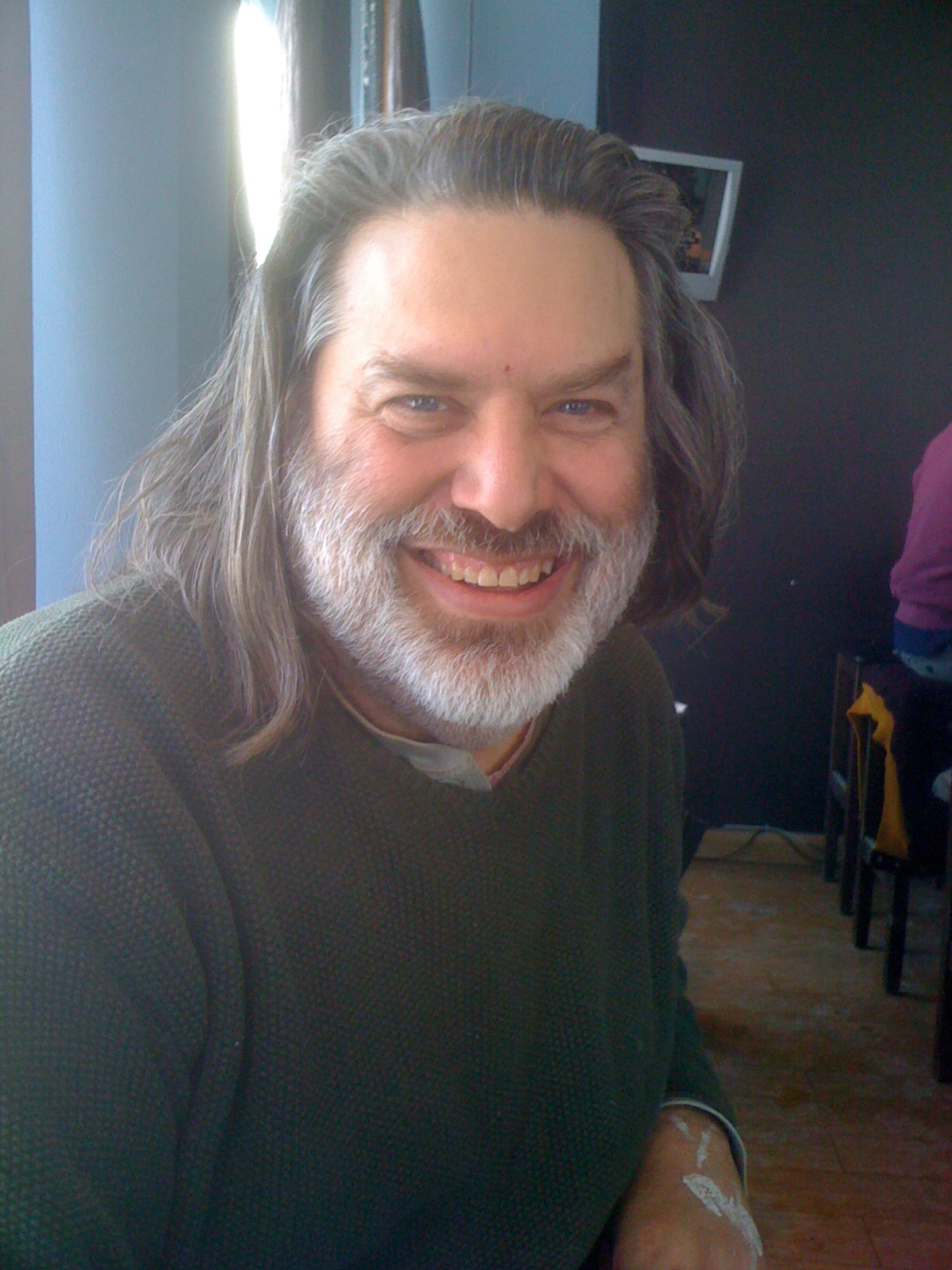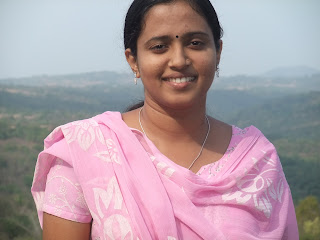The UK today if filled with a sense of pride. The Olympics have brought together the nation. The Kingdom is United in a determination to show all that is Great about Britain to the world, and our atheletes, sports people and organisers have made us proud.
The sense of pride in all that is British was clearly seen in the opening ceremony. It did not contain the glitz and glamour of Beijing, it did however, contain a sense of real people doing real things and a sense that people were being who they really are. 'Forging' the Olympic rings from the sweat and grind of the common people - it was a stroke of genius. It contained a confidence that comes through rather than a front that is about 'having to put up a face' to the world - it showed who we really are, a diverse multi-cultural nation, that has a history steeped in culture, and hard work.
While watching the Olympics, there is real sense of unity, everyone in the UK of all colours, races and creeds proud of our athelets who teach us to strive on and 'go for gold'.
Great Britain really is a very special place to be these last few weeks, with huge screens showing the Olympics in all public meeting places, strangers are talking to strangers, coming together, showing all the best of what we have - inspring all who are a part of the Greatness that is Britain today - Inspiring all generations.
The sense of pride in all that is British was clearly seen in the opening ceremony. It did not contain the glitz and glamour of Beijing, it did however, contain a sense of real people doing real things and a sense that people were being who they really are. 'Forging' the Olympic rings from the sweat and grind of the common people - it was a stroke of genius. It contained a confidence that comes through rather than a front that is about 'having to put up a face' to the world - it showed who we really are, a diverse multi-cultural nation, that has a history steeped in culture, and hard work.
While watching the Olympics, there is real sense of unity, everyone in the UK of all colours, races and creeds proud of our athelets who teach us to strive on and 'go for gold'.
Great Britain really is a very special place to be these last few weeks, with huge screens showing the Olympics in all public meeting places, strangers are talking to strangers, coming together, showing all the best of what we have - inspring all who are a part of the Greatness that is Britain today - Inspiring all generations.

































